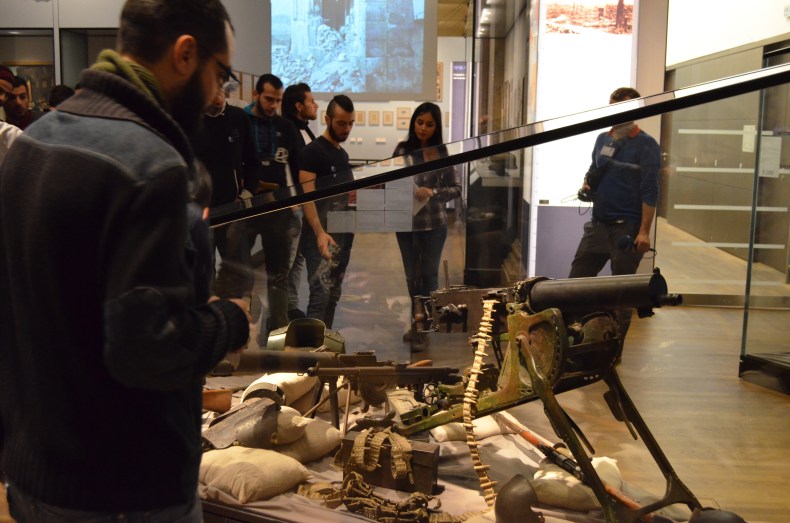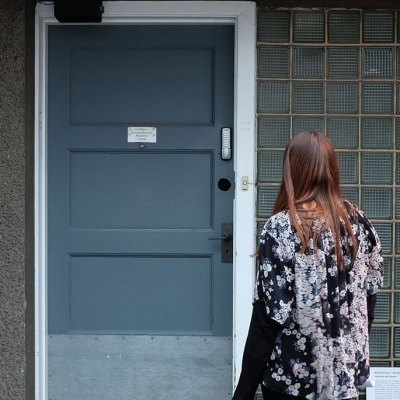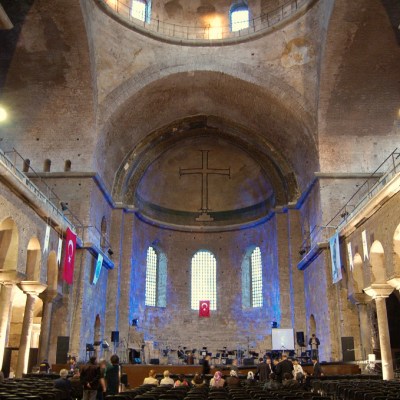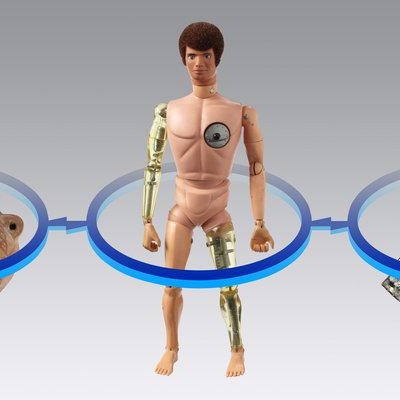What is a museum? Google tells us it is ‘a building in which objects of historical, scientific, artistic, or cultural interest are stored and exhibited’. However, speaking at this month’s Communicating the Museum conference in Berlin (12–15 July), former Tate Modern director Chris Dercon defines the museum as a ‘robust form of strangeness and openness’. This is embodied by the new Tate Modern Switch House: an armoured guardian of strangeness and openness rising above the South Bank with its right shoulder to the financial centre, the City of London, and its left turned to the Houses of Parliament.
Protecting these values is increasingly seen as essential in the museums sector today, especially in the context of an increasingly nationalist and culturally segregated world. Cultural integration – over tolerance – is key, and among those championing this during the conference were representatives of a conglomerate of museums in Berlin with the scheme ‘Multaqa: Museum as Meeting Point’. For this project, 25 Iraqi and Syrian refugees – renamed ‘newcomers’ by director of communications at the Deutsches Historiches Museum Barbara Wolf – have been trained to give tours of Berlin’s leading museums to Arabic-speaking refugees, providing free entertainment, an escape from poor living conditions and opening up discussion about European and Middle Eastern cultural history. The guides were archaeologists, artists, architects, lawyers, musicians, and economists in their home countries, and as a young guide from Baghdad explained in Berlin, ‘The museums in my city have been destroyed; we hope that one day we in Baghdad can offer the same [cultural conversations] to Europeans.’
Participants in the Multaqa scheme at the Deutsche Historisches Museum. Courtesy DHM

As European museums look to the Middle East, in Australia museums have begun to ask: ‘Are we China-ready?’ This term was coined in response to the one million Chinese visitors that arrived in the country in 2015, and the Aussie jargon refers to a desire to welcome Chinese visitors with their own cultural etiquette, cuisine and bi-lingual material. The idea is primarily market-driven, but may soon influence museum curators, as the assistant director at Sydney’s National Maritime Museum, Deanna Varga, mentions when discussing her institution’s upcoming programmes: ‘We’re hoping to bring over a Chinese junk ship – well, that’s a personal endeavour.’
A key point of discussion throughout the event was how museums can reach new audiences in inventive, non-verbal ways. The Biomuseo in Panama City – a Matisse cut-out of a building designed by Frank Gehry – confronts a disengaged Panamanian audience with the urgent issue of climate change through eight permanent galleries that visually describe Panama’s impact on the planet’s ecosystem. The displays include a 10-screen projection space, 10-metre-high aquaria, life-sized models of rock formations and animal stampedes, and a so-called ‘living web’ sculpture comprising plants, animals, insects and microorganisms. Leading by example, this largely open-air museum is intelligently designed to remain naturally cool, showing audiences how contemporary architecture can do away with the need for the ubiquitous air conditioning systems that have won Panama a reputation as ‘the coldest country in the tropics’. Such innovations could help preserve Panamanian biodiversity.
Architecture speaks at Biomuseo, but walls are not a necessary feature for Dercon’s ‘form of strangeness, and openness’. Established in 2011, the Google Cultural Institute has become an online hub for 1,000 international institutions, with its Google Expeditions now offering virtual reality gallery-hopping to anyone equipped with a smartphone and Google Cardboard (or Oculus Rift if one is to hand). Still, this does not allow for the social exchange that is so significant in museum spaces. As Dercon comments, ‘the museum is the only place in the world where people are able to watch each other, to be voyeurs’. Smaller start-ups have started to address this problem of digital interaction. Smartify, a new app designed by young graduate Anna Lowe and endorsed by BBC Arts Editor Will Gompertz at the conference and in the media, allows users to access information in their own language; to create a personal ‘playlist’ of works; and to share, like, and comment on them. But there’s still a long way to go.
Jennifer Francis in conversation with Will Gompertz, Javier Pes, Editor, Bernhard Schulz Photo: Wolfgang Siesing.

Back in the physical world, but outside of museums, artist Theaster Gates is regenerating the notorious South Side of Chicago by gutting abandoned buildings and transforming them into community venues for music, libraries and making art. Gates funds the project through his own art sales, and credits his attitude to the influence of the legendary Shoji Yamaguchi, a Japanese ceramicist who settled in Mississippi, married a black woman and served soul food feasts on his pottery, discussing race and politics. Gates calls Yamaguchi his mentor, but in fact the ceramicist is a complete fiction, invented by the young black artist early in his career as a way of giving his own ceramics the cultural cache that otherwise eluded him. It worked: Gates’s creations, which once struggled to fetch $25, now sell for huge sums, which he is channelling back towards the places and people that need a boost of their own.
Recounting the tale of Theaster Gates’ ascent to stardom, Gompertz explained to the conference visitors that ‘there are more museums being built than ever before, but the reality is that there is still 50 per cent of the population that we are not touching and we need to pay attention. We in the cultural sector have the ideas, the stories and the art to reach out and connect with the right people – and if that means pretending we’re a Japanese ceramicist then that’s what we should do.’
Gates’s strategy is a unique and daring example, but as this month’s conference made clear, he’s not the only one experimenting.


